F.A.Q. Diabetes
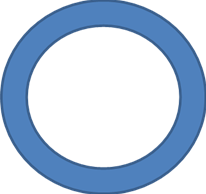
DIABETES - FACTS and Frequently Asked Questions:
1. What is DIABETES?
Type 1 – children and young adults
Type 2 – usually middle to old age adults
Type 3 - Gestational – pregnancy
3. Is there a cure?
Diabetes is incurable BUT controllable
4. Who is at risk?
Those who have:
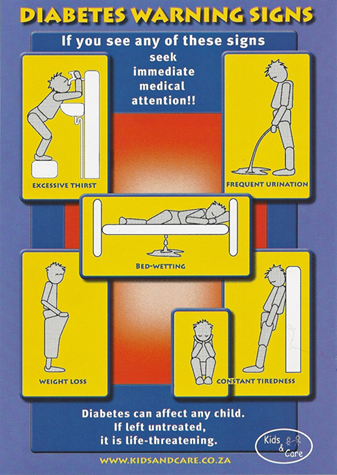
7. What are the dangers of uncontrolled DIABETES?
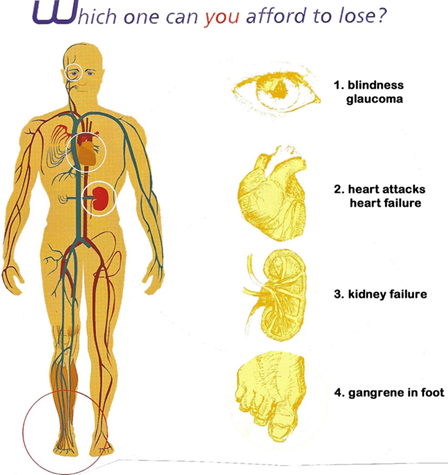
8. How can DIABETES be treated or managed?
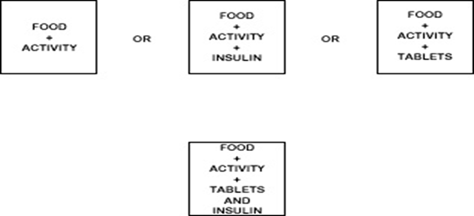
9. Additional Information:
Edit your About page from the Pages tab by clicking the edit button.
1. What is DIABETES?
- Diabetes Mellitus – sweet urine – is a condition in which the body cannot produce insulin or use it properly, and is characterised by high blood glucose levels.
- Glucose = sugar
Type 1 – children and young adults
Type 2 – usually middle to old age adults
Type 3 - Gestational – pregnancy
3. Is there a cure?
Diabetes is incurable BUT controllable
4. Who is at risk?
Those who have:
- Family history/genetics
- Obesity/overweight
- Inactivity/lack of exercise
- Junk food/poor diet
- Smoking
- Alcohol and drug abuse
- Giving birth to a very big baby
- Race group – Indian, African, Coloured, White
- People over 40
- High blood pressure
- Frequent urination/bed wetting
- Always thirsty/dehydration
- Dizziness
- Always feel tired/sleepy?
- Have trouble with your eyes/blurry vision
- Have itchy dry skin
- Have sores that are not getting better
- Weight loss

7. What are the dangers of uncontrolled DIABETES?

8. How can DIABETES be treated or managed?
- Testing of blood glucose level often 4-6 is normal
- 1. Hyperglycaemia: very high sugar levels. ANYTHING above 11.1.
- 2. Hypoglycaemia: very low sugar levels. ANYTHING below 3

9. Additional Information:
- November 14: World Diabetes Day
- It was on this day, Frederick Banting working with Charles Best, discovered Insulin in 1922.
- The International Logo for Diabetes is the Blue Ring.
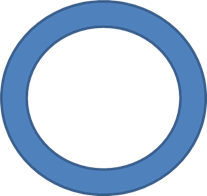
- The blue circle is the universal symbol for diabetes. Until 2006, there was no global symbol for diabetes. The purpose of the symbol is to give diabetes a common identity. It aims to:
- Support all existing efforts to raise awareness about diabetes
- Inspire new activities, bring diabetes to the attention of the general public
- Brand diabetes
- Provide a means to show support for the fight against diabetes
- What is the history of the blue circle?
- The icon was originally developed for the campaign that resulted in the passage of United Nations Resolution 61/225 “World Diabetes Day.” The campaign for a United Nations Resolution on diabetes was a response to the diabetes pandemic that is set to overwhelm healthcare resources everywhere. The campaign mobilized diabetes stakeholders behind the common cause of securing a United Nations Resolution on diabetes. The United Nations passed Resolution 61/225 ‘World Diabetes Day’ on December 20, 2006, and so we have World Diabetes Day on 14th October every year.
- Why a circle? The circle occurs frequently in nature and has thus been widely employed since the dawn of humankind. The significance is overwhelmingly positive. Across cultures, the circle can symbolize life and health. Most significantly for the campaign, the circle symbolizes unity. Our combined strength is the key element that made this campaign so special. The global diabetes community came together to support a United Nations Resolution on diabetes and needs to remain united to make a difference. As we all know, to do nothing is no longer an option.
- Why blue? The blue border of the circle reflects the colour of the sky and the flag of the United Nations. The United Nations itself is a symbol of unity amongst nations, and is the only organisation that can encourage governments everywhere to fight diabetes and reverse the global trends that will impede economic development and cause so much suffering and premature death.
Edit your About page from the Pages tab by clicking the edit button.